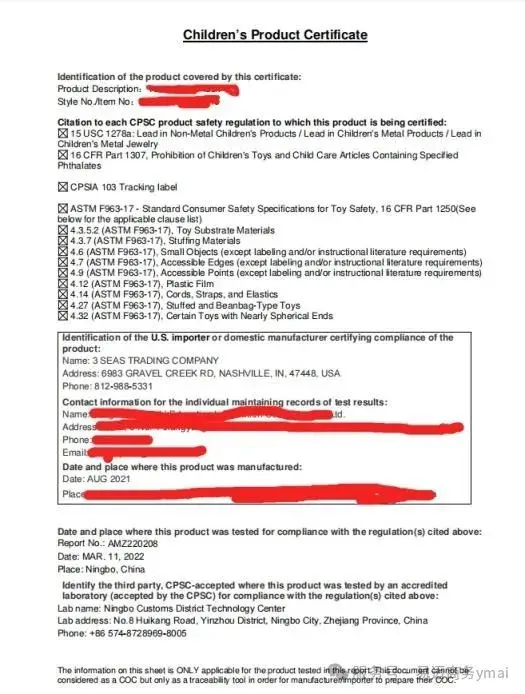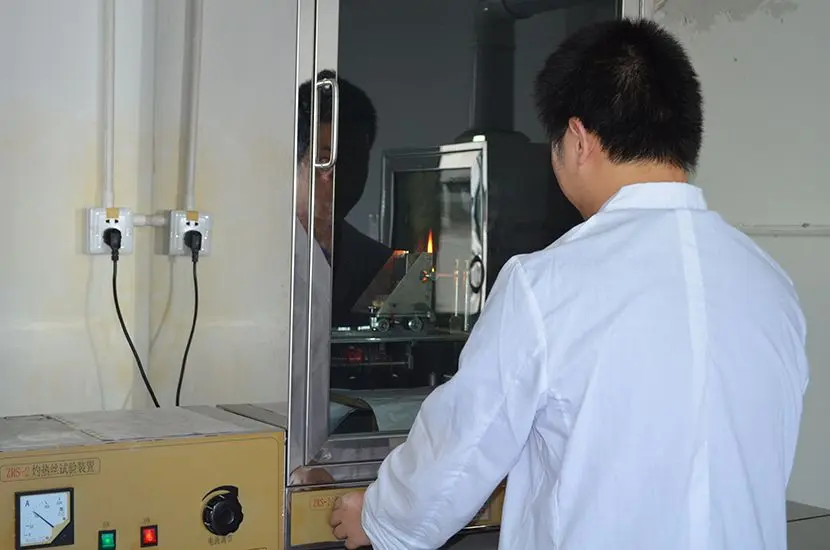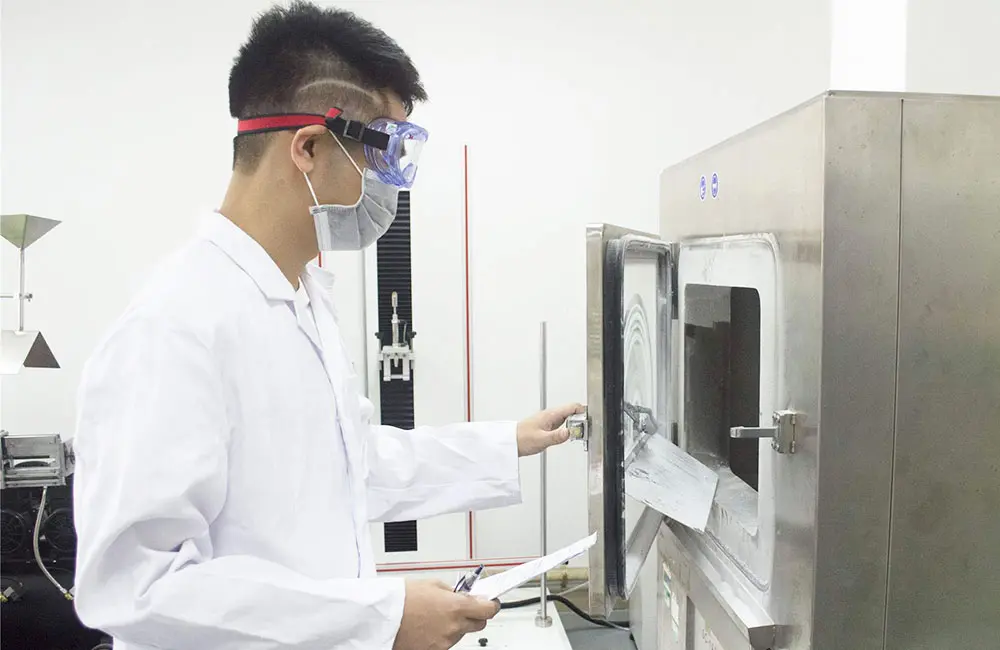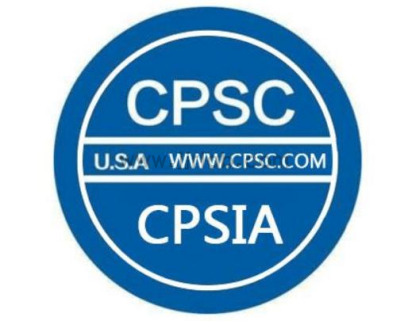
Bluetooth Keyboard CE Certification
To export Bluetooth keyboards to Europe, obtaining CE certification is mandatory. This includes CE-RED, CE-EMC, and CE-LVD directives. The process involves identifying the requirements, preparing the necessary documentation, conducting testing, and submitting materials. Once certified, the product can legally enter the European market, enhancing its competitiveness.
In the globalized market, Bluetooth keyboards are widely favored for their wireless convenience. To export Bluetooth keyboards to Europe, obtaining CE certification is an essential step. The CE certification, or "Conformité Européenne" mark, indicates that a product meets the European Union's health, safety, and environmental protection requirements. For Bluetooth keyboards, this means compliance with several directives, including CE-RED (Radio Equipment Directive), CE-EMC (Electromagnetic Compatibility Directive), and CE-LVD (Low Voltage Directive). These directives ensure that the Bluetooth keyboard meets EU standards in wireless communication, safety, and electromagnetic interference.
Bluetooth Keyboard CE Certification Process:
1. Submit Certification Requirements
First, manufacturers need to define their specific certification requirements, including product type, intended use, and key technical parameters. For Bluetooth keyboards, detailed specifications, descriptions of wireless functions, and relevant design documents must be provided. This step ensures that the certification agency can offer accurate plans and quotes.
2. Determine the Plan and Pricing
The certification body will review the provided product information and certification requirements to determine the applicable certification plan and offer a corresponding price. Manufacturers can select the appropriate testing items and certification services based on their budget and needs.
3. Prepare Technical Documentation
Once the plan and pricing are confirmed by the certification body, manufacturers must prepare the necessary technical documents. These typically include the product manual, design drawings, user manual, and performance test reports. The preparation of these technical documents is a critical part of the certification process, ensuring the product meets EU technical standards.
4. Conduct Product Testing
The Bluetooth keyboard will be sent to a CE-accredited laboratory for testing. The tests mainly include:
- Wireless Performance Testing: Ensures the Bluetooth keyboard's wireless communication function complies with CE-RED requirements.
- Electromagnetic Compatibility Testing: Checks whether the product meets CE-EMC standards to prevent interference with other electronic devices.
- Safety Testing: Verifies that the product meets CE-LVD requirements to ensure safety during use.
5. Compile and Submit Technical Documents
Once testing is complete, the laboratory will issue detailed test reports. The manufacturer must submit these reports, along with the other technical documentation, to the certification body. The body will review all documents to confirm whether the product meets the CE certification requirements.
6. Obtain CE Certification
Upon successful review, the certification body will issue a CE certificate. This certificate allows the Bluetooth keyboard to legally enter the European market and display the CE mark on the product.
Although the CE certification process for Bluetooth keyboards involves several steps, each one is crucial in ensuring the product meets the European market's requirements. By defining certification needs, preparing technical documents, conducting necessary testing, and submitting relevant materials, manufacturers can successfully obtain CE certification and gain entry to the European market, boosting the international competitiveness of their products.
Email:hello@jjrlab.com
Write your message here and send it to us
 Toy Toxicology Testing CA
Toy Toxicology Testing CA
 CPSIA Compliance for Children's Products
CPSIA Compliance for Children's Products
 Food Contact Items Testing
Food Contact Items Testing
 Energy Star Testing Laboratory
Energy Star Testing Laboratory
 Do I Need to Test Every Color for CPSIA Compliance
Do I Need to Test Every Color for CPSIA Compliance
 Accredited Medical Device Testing Lab
Accredited Medical Device Testing Lab
 Safety Testing for Baby Wrap
Safety Testing for Baby Wrap
 United States Electrical Plug Certification
United States Electrical Plug Certification
Leave us a message
24-hour online customer service at any time to respond, so that you worry!




